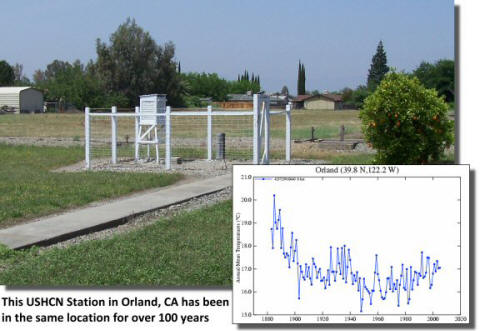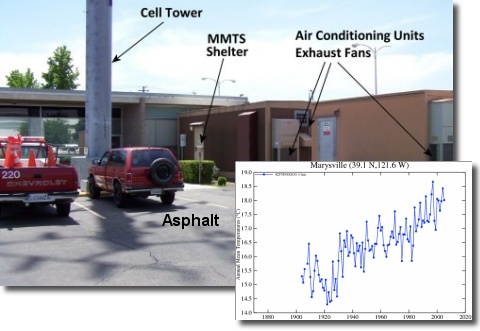PLYMCO_PILGRIM
Gold Member
Here is a well maintained and well sited USHCN station:

Here is a not-so-well maintained or well sited USHCN station:

Are you crazy big fitz?
The Man Made Global Warming Religion has nothing to do with truth, stop trying to prove our lord Gore is wrong or you will go to hell where there is no recycling and its really fucking hot.





